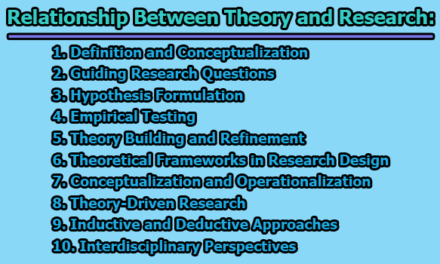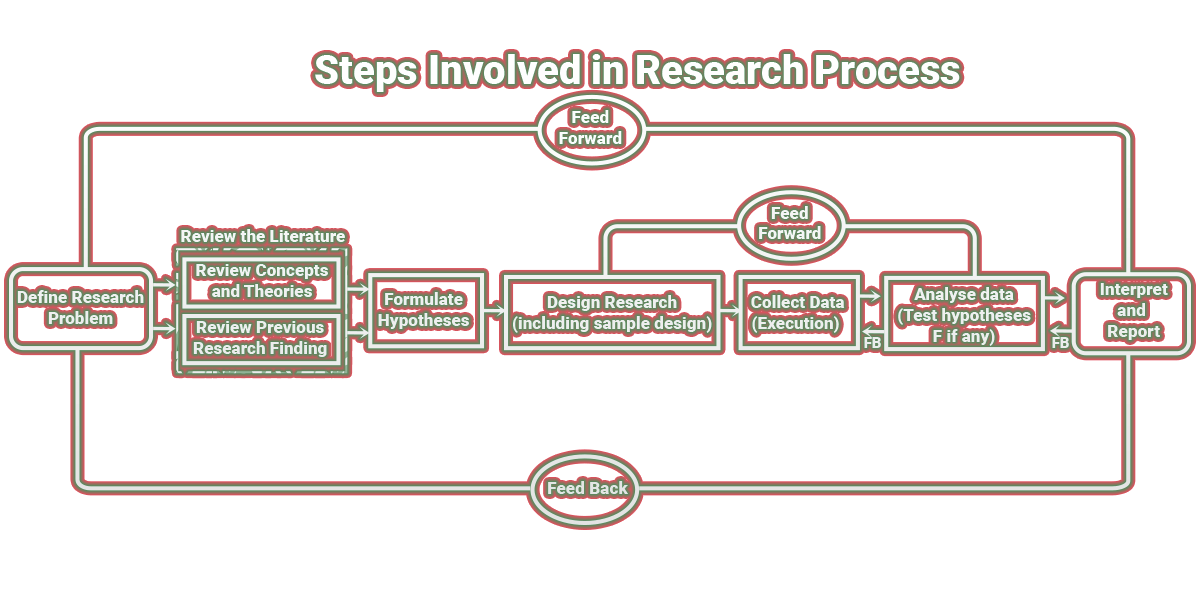Types of Collaboration in Research: Collaboration in research is said to have taken place when two or more investigators work together on a project and contribute resources and effort, both intellectual and physical. Depending on the participants, the following kinds of collaboration can be identified:
(1) Teacher-pupil collaboration: This is a precise shared mode of collaboration in an academic setting. The professor in a university department delivers the concepts and guidance, and sometimes also the funds from a research grant, and the research assistant or student does most of the benchwork. The resulting project report, conference paper, or journal article usually carries the names of both the professor and the student. It is not uncommon for a professor to be guiding several students in different research projects at the same time.
(2)Collaboration among colleagues: It is a very common practice in corporate research centers for a number of colleagues to be working on one or more projects, each contributing expertise in a different aspect of the project. In interdisciplinary fields such as environment, energy, or space research, scientists and engineers from a wide variety of specialties often collaborate. It is not uncommon for chemists, chemical engineers, materials engineers, biophysicists, and other specialists to be working together in an interdisciplinary project. Husband-and-wife teams can also be included in this category.
(3)Supervisor- assistant collaboration: Earlier studies on the sociology of science, for example, by Cole and Cole, have shown the existence of a stratified structure within the scientific community. In research projects requiring extensive use of laboratory facilities or very specialized equipment, the principal investigator is often assisted by an array of laboratory assistants and technicians.
(4)Researcher- consultant collaboration: In large-scale research projects, the individual researcher or the research team can secure the assistance of a consultant or a consulting firm for specialized tasks such as data collection (involving, for example, the design and administration of questionnaires, or conducting interviews), data processing and analysis.
(5)Collaboration between organizations: Scientists and engineers employed in different organizations often collaborate on research projects of mutual interest. Such collaboration may be spurred by informal contacts or prior acquaintance of the researchers. It is also possible that when a scientist leaves an organization and joins another, he or she may carry on an unfinished research project in the new organization with the continued collaboration of former colleagues. Inter-organizational collaboration may also be necessitated by a community of concerns (as between two government agencies) or by the complexity of a research project, or when researchers in one organization may need to use expensive equipment or specialized service available at another organization. According to recent data published by the U.S. National Science Foundation, a research collaboration between industries and academic institutions has been gradually increasing.
(6)International collaboration: International collaborative behavior among scientists has been studied by Frame and Carpenter. The degree of collaboration was found to be higher in basic fields of science (such as physics, mathematics, and chemistry) than in applied fields (such as engineering and technology, clinical medicine, and biomedical research). Frame and Carpenter further found that
- The extent of international collaboration was inversely proportional to the size of a country’s scientific enterprise, and
- Extra-scientific factors such as geography, politics, and language, played a strong role in determining who collaborates with whom in the international scientific community.
Reference:
Subramanyam, K. (1983). Bibliometric studies of research collaboration: A review. Journal of Information Science, 6, 33-38.

Former Student at Rajshahi University










